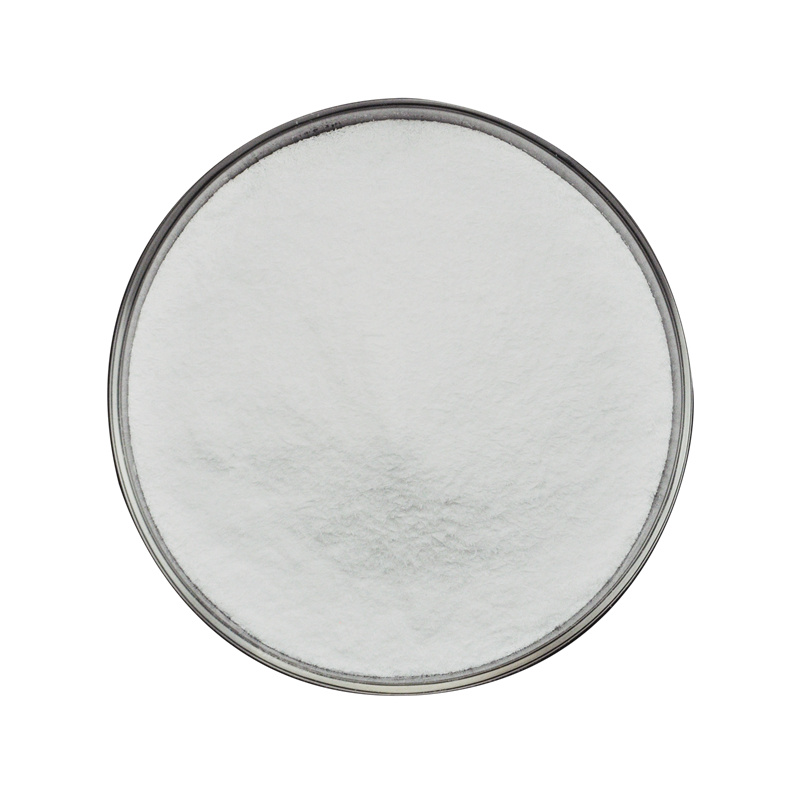β-Arbutin Introduction
Beta Arbutin, also known as 4-Hydroxyphenyl-beta-D-glucopyranoside, is mainly used to bind to tyrosinase of melanocytes in the skin and inhibit tyrosinase activity. Tyrosinase is a key enzyme for skin melanocytes to synthesize melanin. If its function is inhibited, it cannot produce melanin. The reduction of melanin in the skin has the effect of whitening and light spots, so Arbutin is mainly used in skin whiten and remove black skin spots.Mainly Specifications of Beta Arbutin
① Beta Arbutin crystal 98% HPLC ② Beta Arbutin crystal 99.5% HPLC
Benefits of Beta Arbutin
❶ Beta Arbutin acts as a whitening agent to reduce melanin in the skin. ❷ Beta Arbutin can tighten pores and tighten the skin. ❸ Beta Arbutin also regard as antiseptic and anti-inflammatory ingredients.Typical Specification Sheet of Beta Arbutin 98%
| Analysis Items | Specifications | Methods |
| Active Ingredients Tests | ||
| β-Arbutin | ≥99.5% | HPLC |
| Hydroquinone | ≤10ppm | HPLC |
| Physical Tests | ||
| Appearance | White Crystal Powder | Visual |
| Particle size | 95% pass 60mesh | Ch.P 2020 IV<0982> |
| Melting Point | 199~201℃±0.5℃ | Ch.P 2020 IV<0612> |
| Specific Optical Rotation | [a]D20= -64~-66.0°±2° | Ch.P 2020 IV<0621> |
| pH value (1% solution) | 5.0 ~7.0 | Ch.P 2020 IV<0631> |
| Water contents | ≤0.50% | GB 5009.3 |
| Total ash | ≤0.50% | GB 5009.4 |
| Chemical Tests | ||
| Heavy Metals | ≤50.00ppm | GB 5009.11 |
| Arsenic <As> | ≤3.00ppm | GB 5009.11 |
| Lead <Pb> | ≤3.00ppm | GB 5009.12 |
| Cadmium<Cd> | ≤2.00ppm | GB 5009.15 |
| Mercury <Hg> | ≤1.00ppm | GB 5009.17 |
| Microbiological Tests | ||
| Total Bacteria Counts | ≤300cfu/g | GB 4789.2 |
| Yeast and Molds | ≤10cfu/g | GB 4789.15 |
| Coliforms | ≤90MPN/100g | GB 4789.3 |
| Salmonella | Negative | GB 4789.4 |
| Staphylococcus aureus | Negative | GB 4789.10 |
| Shigella | Negative | GB 4789.5 |
Application Cases

Why Choose Us
★ Full series of Beta Arbutin with high purity 99.5% above. ★ High purity if Abutin and low Hydroquinone residue less than 1ppm. ★ Standardized products, reasonable price, professional service is continuously provided.